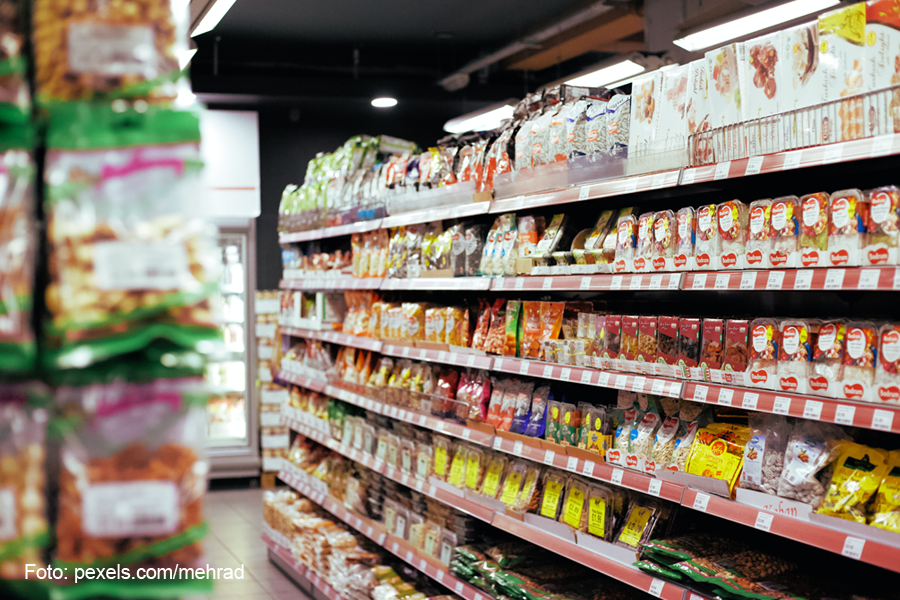Indonesia's VAT Collection Capability is Still Low
Thursday, 11 November 2021

JAKARTA. Although the Value Added Tax (VAT) and Sales Tax on Luxury Goods (STLG) up to the third quarter grew 20% year on year to IDR 348.42 trillion, this amount is still far from its actual potential.
Quoting Bisnis Indonesia Thursday (11/11), when referring to data from Statistics Indonesia (BPS), the value of Indonesia's Gross Domestic Product (GDP) in the January-September 2021 period, particularly the value of household consumption, was recorded at IDR 6,856.2 trillion.
With the assumption of the consumption value, when multiplied by the current VAT rate of 10%, the potential for VAT and STLG revenues that should be collected is IDR 685.62 trillion.
This means, when compared to the realization of VAT and STLG revenue until the end of September 2021, the VAT gross collection ratio is only 50.8%.
Meanwhile, if only taking into account the realized VAT revenue of IDR 339.32 trillion, the revenue ratio is only 49.49%.
In fact, Indonesia has started to collect VAT on electronic transactions through companies that provide digital services since mid-2020.
The poor capacity for collecting VAT can be influenced by several factors. According to the Executive Director of the MUC Tax Research Institute, Wahyu Nuryanto, the main reason why VAT is not collected optimally is a large number of incentives in the form of VAT exemptions.
In addition, the taxation system in Indonesia has not been able to keep up with consumption trends in the digital era. Also, there are still many economic sectors that have not been touched by the tax system or the underground economy.


